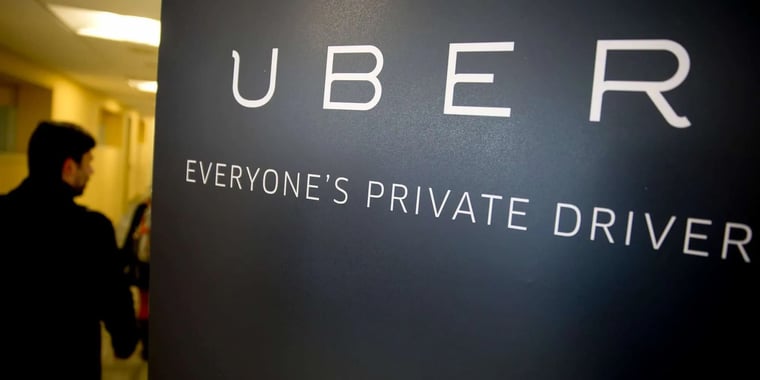Uber's Independent Contractor Problem

The California Labor Commission ruled on June 3, 2015 that drivers for the ubiquitous ride-sharing company Uber are employees, not independent contractors. If certified on appeal, the surprise ruling could impact Uber’s business model and the sharing economy more generally.
Uber has long presented itself as a logistical intermediary, existing solely to facilitate transactions between private parties on the road. The company is the golden child of the on-demand movement, heralding the rise of decentralized, minimalist business models with the clout to wrangle astronomical market valuations. Uber characterizes its drivers as “business partners,” entrepreneurial individuals who contract independently, use their own vehicles, and set their own hours. Treating drivers as certified employees, the company argues, would usher in a bevy of unwelcome regulations, tax issues and other complex obligations which could impact profitability.
The Commission rejected Uber’s characterizations, siding with plaintiff and former driver Barbara Ann Berwick, finding that Uber owed her $4,152.20 in expenses incurred while ferrying passengers. The Commission claimed Uber was “involved in every aspect” of daily operations, “retaining all necessary control” and engaging in many types of activities plausibly characterized along the lines of traditional employer-employee relationships. Uber controls the technology drivers use, sets policies, and monitors driver performance. If it weren’t for drivers such as Berwick, noted the Commission, Uber “would not exist.”
The full impact of the Commission’s ruling remains to be seen. Uber is appealing the decision and was quick to point out its nonbinding character and its limited applicability to Berwick alone. Florida is the only other state to break along similar lines, and the Commission’s decision may not wield much clout elsewhere in the nation. Regardless, the ruling is ample indication that the sharing economy is entering new and unfamiliar waters.
Read the full decision here.
For more information on the difference between employees and independent contractors, read our article here and contact us.
DISCLAIMER: The information in this article is provided for informational purposes only and should not be construed or relied upon as legal advice. This article may constitute attorney advertising under applicable state laws.
Categories
Recent Posts
- Startup & VC Attorney Paige Southworth Joins SPZ Legal
- Startup Funding: Selling Shares to Raise Funds
- Program-Related Investments (PRIs) for Startups
- Sam Taylor & Becky Mancero Best Lawyers: Ones to Watch®
- Boulder Landscaping Acquired By Strata Landscape Services
- The Delaware Flip: What Startups Should Know
- SPZ Legal Advises Redfast on Strategic Acquisition
- Raising Startup Funds from Friends and Family